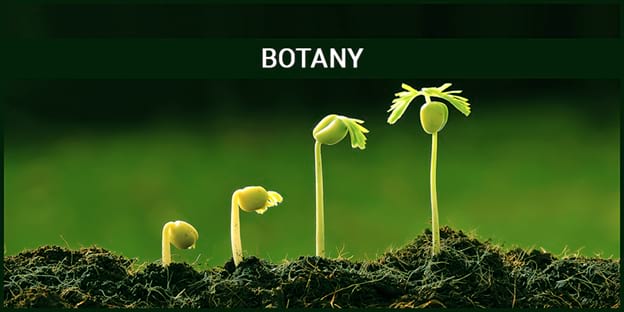In this chapter, students discover how plants acquire and utilize essential mineral elements from their environment. We explore the classification of nutrients, their specific roles in plant physiology, and symptoms of deficiencies. Students learn about soil properties, nutrient availability, and specialized adaptations like mycorrhizal associations and nitrogen fixation that enhance nutrient acquisition. Through understanding plant nutrition, students develop appreciation for the complex chemical requirements underlying plant growth and the ecological relationships that support nutrient cycling in ecosystems.
Complete Chapter-wise Hsslive Plus One Botany Notes
Our HSSLive Plus One Botany Notes cover all chapters with key focus areas to help you organize your study effectively:
- Chapter 1 Biological Classification Notes
- Chapter 2 Plant Kingdom Notes
- Chapter 3 Morphology of Flowering Plants Notes
- Chapter 4 Anatomy of Flowering Plants Notes
- Chapter 5 Cell: The Unit of Life Notes
- Chapter 6 Cell Cycle and Cell Division Notes
- Chapter 7 Transport in Plants Notes
- Chapter 8 Mineral Nutrition Notes
- Chapter 9 Photosynthesis in Higher Plants Notes
- Chapter 10 Respiration in Plants Notes
- Chapter 11 Plant Growth and Development Notes
